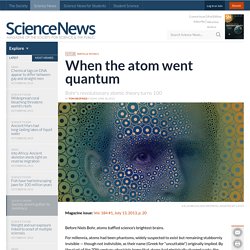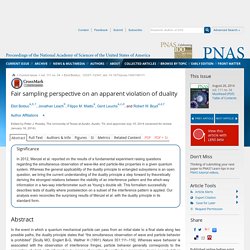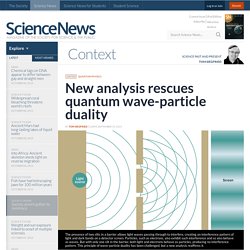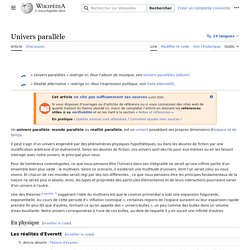

Max Planck. Max Karl Ernst Ludwig Planck was born in Kiel, Germany, on April 23, 1858, the son of Julius Wilhelm and Emma (née Patzig) Planck.

His father was Professor of Constitutional Law in the University of Kiel, and later in Göttingen. Planck studied at the Universities of Munich and Berlin, where his teachers included Kirchhoff and Helmholtz, and received his doctorate of philosophy at Munich in 1879. He was Privatdozent in Munich from 1880 to 1885, then Associate Professor of Theoretical Physics at Kiel until 1889, in which year he succeeded Kirchhoff as Professor at Berlin University, where he remained until his retirement in 1926.
Afterwards he became President of the Kaiser Wilhelm Society for the Promotion of Science, a post he held until 1937. The Prussian Academy of Sciences appointed him a member in 1894 and Permanent Secretary in 1912. This was not only Planck's most important work but also marked a turning point in the history of physics. Planck was twice married. Max Planck. When the atom went quantum. Before Niels Bohr, atoms baffled science’s brightest brains.

A.B. Lagrelius and Westphal, adapted by S. Egts ATOMIC HISTORY | The idea of an essential building block of matter is ancient. Greeks came up with the word for atom, but most insights into its true structure and behavior have been recent. S. For millennia, atoms had been phantoms, widely suspected to exist but remaining stubbornly invisible — though not indivisible, as their name (Greek for “uncuttable”) originally implied. But Rutherford’s atom baffled everyone even more, as the laws of physics prohibited the arrangement that he described. Into this paradox stepped a great Dane, a genius conditioned by his culture to embrace conflicting ideas and learn from them. Bohr’s atom did more than simply reconcile theory with experiment. In the decades following his description of the atom, Bohr served as guide and interpreter for the world’s physicists as they explored the strange new quantum world. Fair sampling perspective on an apparent violation of duality.
Author Affiliations Edited by Peter J.

Rossky, The University of Texas at Austin, Austin, TX, and approved July 15, 2014 (received for review January 16, 2014) Significance In 2012, Menzel et al. reported on the results of a fundamental experiment raising questions regarding the simultaneous observation of wave-like and particle-like properties in a given quantum system. Whereas the general applicability of the duality principle to entangled subsystems is an open question, we bring the current understanding of the duality principle a step forward by theoretically deriving the strongest relations between the visibility of an interference pattern and the which-way information in a two-way interferometer such as Young’s double slit. Abstract Footnotes. Louis Victor de Broglie Facts, information, pictures. (b.

Dieppe, France, 15 August 1892; d. Louveciennes, France, 19 March 1987),physics, quantum theory, wave mechanics. Louis de Broglie achieved a worldwide reputation for his discovery of the wave theory of matter, for which he received the Nobel Prize for physics in 1929. His work was extended into a full-fledged wave mechanics by Erwin Schrödinger and thus contributed to the creation of quantum mechanics.
After an early attempt to propose a deterministic interpretation of his theory, de Broglie joined the Copenhagen school’s mainstream noncausal interpretation of the quantum theory. Early Life. In 1901, Louis’s family moved to Paris where he studied at the Lycée Janson de Sailly. The outbreak of World War I marked a pause in Louis’s pursuit of strictly theoretical speculations. Scientific Career. New analysis rescues quantum wave-particle duality. A basic principle of quantum mechanics has been reaffirmed.

Stop the presses. (Or start the tweeting.) In 2012, experimenters in Germany had supposedly shown that you could observe both wave and particle properties of light in one experiment. That result defied the principle of wave-particle duality: waves can sometimes be particles (and particles can sometimes be waves), but never both at the same time. But now a new paper, published last month in the Proceedings of the National Academy of Sciences, revalidates duality, a pillar in the explanation of quantum mysteries developed by the Danish physicist Niels Bohr in the 1920s. Univers parallèle. Un univers parallèle, ou monde parallèle, est un univers possédant ses propres dimensions d'espace et de temps.

En physique[modifier | modifier le code] Les réalités d'Everett[modifier | modifier le code] Hugh Everett a proposé une interprétation de la fonction d'onde en mécanique quantique : pour lui, cette fonction décrit la réalité, et toute la réalité. Cette approche permet de décrire séparément les deux états simultanés et leur donne une double réalité qui semblait avoir disparu, dissoute dans le paradoxe (plus exactement « plusieurs "réalités" dans autant d'univers distincts » — et ne pouvant guère qu'interférer légèrement une fois séparés).
Il convient de noter que cette interprétation ne se prononce pas sur la question de savoir s'il y a duplication de la réalité (many-worlds) ou duplication au contraire des observateurs de cette même réalité (many-minds), puisqu'elles ne présentent pas de différence fonctionnelle. Explication vulgarisée[modifier | modifier le code] Les What if…? Wavefunction.